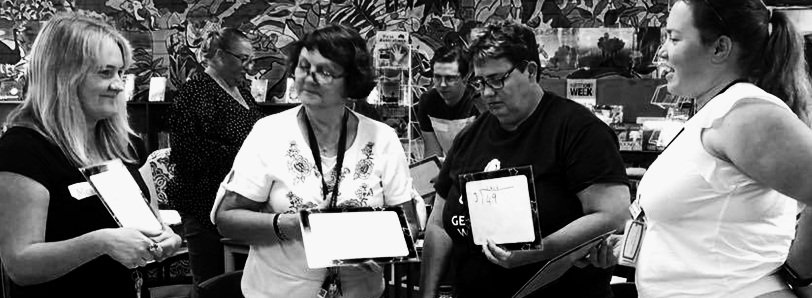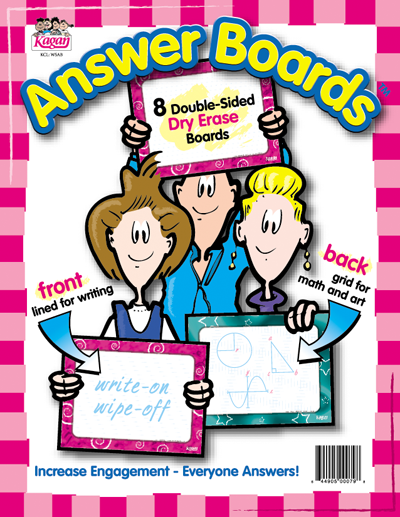Kagan provides teachers with practical strategies to deliver their curriculum using relational pedagogy.

Kagan is Relevant
When NZ researchers like Dr. Russell Bishop and Dr. John Hattie support cooperative learning as effective teaching, we should pay attention. However, only Kagan ensures equitable outcomes. We can make this claim because Kagan is the only form of cooperative learning that uses the structural approach, thereby ensuring equity. Every student gets approximately the same amount of time or turns when engaged in a Kagan Structure.
Kagan is relevant to the New Zealand setting in that Tuakana Teina and Akō are inherent in many of our structures. With relationship-development also being a priority, Kagan provides teachers with practical strategies to deliver their curriculum using relational pedagogy.
Let’s look at the research by Bishop and Hattie.
Teaching to the North East
In Teaching to the North-East, Dr Russell Bishop et al say effective teacher practice should be a balance of both high quality whānau-like relationships & high quality pedagogy. Kagan helps teachers achieve both. By this they mean teachers need to have the ability to create a relational classroom environment as well as be competent teachers who deliver the curriculum using proven instructional strategies.
How Kagan supports North East teaching
Teachers must prioritise whānaungatanga in their classrooms, and Kagan’s approach emphasises this consistently.
For effective learning, students need to feel safe and motivated to learn from one another while developing necessary skills.
Kagan’s classbuilding structures encourage interaction among all students, fostering a sense of belonging to a larger group beyond their small teams. This lowers anxiety, enhances self-esteem, and boosts motivation, allowing students to seek help and share knowledge without fear. Classbuilding can be integrated throughout the day since it is engaging and promotes safety through movement and novelty. These structures support both academic and enjoyable activities, ensuring excellence is maintained. Weekly teambuilding activities also strengthen connections and nurture empathy, kindness, and tolerance among students.
Because we structure and regulate interactions between students with social skills embedded in every structure, they are also learning and applying crucial interpersonal and teamwork skills.
When it comes to claiming we can support teachers with high quality pedagogy, then cooperative learning is the most researched educational intervention of all time - it works!
However, Kagan takes things to a whole new level, because it doesn’t just focus on cooperative learning. Apart from the curriculum content, our 7 keys for Success incorporate every facet of classroom practice:
Team and pair formation for effective social learning
Teambuilding - team culture and teamwork skills
Classbuilding - classroom culture
Management - behaviour and classroom
Social and communication skills - interpersonal skills and character education
Interdependence - learning with and from each other
Student accountability - everyone participating with support to do so
Equity - everyone matters, everyone is equal
High levels of engagement
Kagan Structures - pair, team and class, sitting, standing, verbal, written and ‘do’, full coverage of interpersonal and academic functions
Fun - Silly Sports and Goofy Games
Kagan & Visible Learning
Kagan delivers in multiple areas of Hattie’s Zone of Desired Effects, but his research mustn’t include Kagan Cooperative Learning because Jigsaw has an Effect Size of 1.20 yet cooperative learning has an Effect Size of 0.40 (and a weighted mean effect size of 0.53). This doesn’t make sense given that Jigsaw is just one of over 250 Kagan Structures. Read about effect sizes here.
When we look at the detail of his findings, Hattie’s ‘Influence Definition’ of Cooperative Learning is as follows:
“A pedagogical strategy through which two or more learners collaborate to achieve a common goal. Typically, cooperative learning programs seek to foster positive interdependence through face-to-face interactions, to hold individual group members accountable for the collective project, and to develop interpersonal skills among learners. Cooperative learning programs aim to enable learners to engage in more complex subject matter than students would typically be able to master, and such an approach has been recommended for both gifted and remedial learners.” (https://www.visiblelearningmetax.com/influences/view/cooperative_learning)
The research he reviewed shows a huge range of effect sizes from 0.15 to 1.16, and given that Kagan’s approach is far broader than the above definition, incorporating and delivering many other highly effective strategies (as highlighted below), it could conceivably be far closer to 1.16 than 0.40.
NB: Only strategies of 0.40 and above have been highlighted.
If you’d like to know more, or set up a free Discover Kagan session please feel free to contact us.
Our Services
-

Workshops
Kagan offers workshops and trainings for all school levels and contexts on cooperative learning, behaviour, well-being, leadership, & and most curriculum areas.
-

Coaching & Modelling
To ensure successful uptake and effective implementation of our strategies, we offer comprehensive in-class support that includes both modelling and coaching for teachers. .
-
Planning Support
Kagan works with leadership teams around strategic planning as well as offering planning support to teachers to help with implementation & uptake.
-

Resources
Kagan offers a full range of resources & teacher tools such as books, timers, spinners, cubes, posters, ManageMats, Answer Boards, erasers, Smartcards etc.




